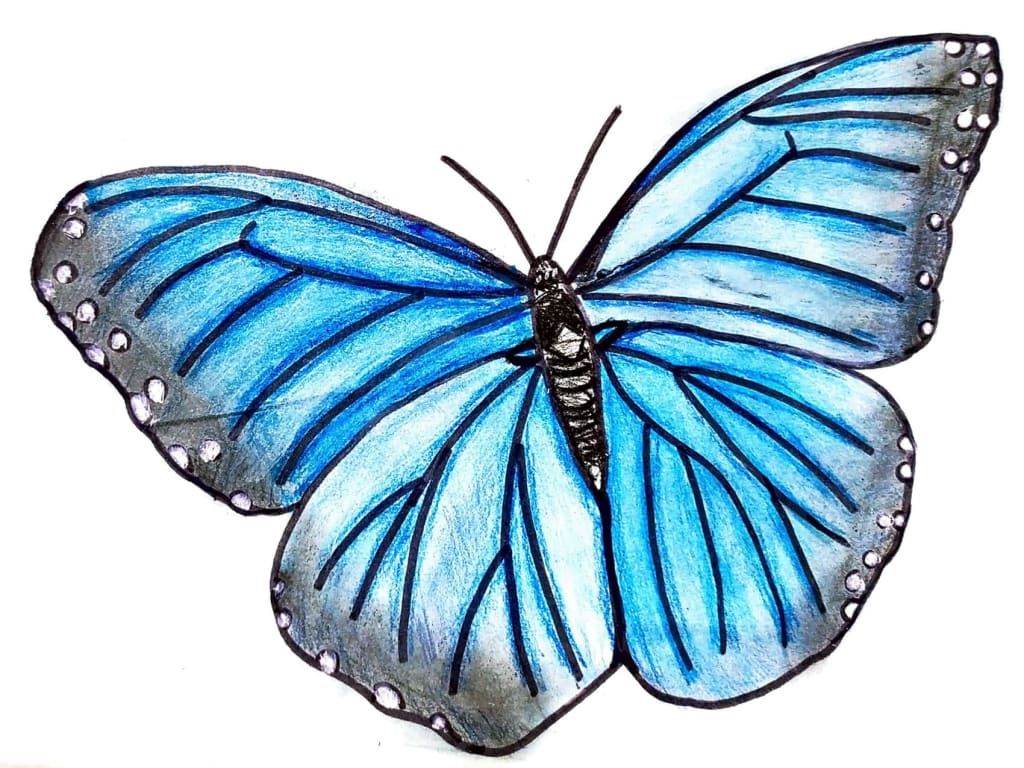
butterfly, (superfamily Papilionoidea), any of numerous species of insects belonging to multiple families. Butterflies, along with the moths and the skippers, make up the insect order Lepidoptera. Butterflies are nearly worldwide in their distribution.The wings, bodies, and legs, like those of moths, are covered with dustlike scales that come off when the animal is handled. Unlike moths, butterflies are active during the day and are usually brightly coloured or strikingly patterned. Perhaps the most distinctive physical features of the butterfly are its club-tipped antennae and its habit of holding the wings vertically over the back when at rest. The lepidopteran life cycle has four stages: egg, larva (caterpillar), pupa (chrysalis), and adult (imago). The larvae and adults of most butterflies feed on plants, often only specific parts of specific types of plants.The butterfly families include: Pieridae, the whites and sulfurs, known for their mass migrations; Papilionidae, the swallowtails and parnassians; Lycaenidae, including the blues, coppers, hairstreaks, and gossamer-winged butterflies; Riodinidae, the metalmarks, found chiefly in the American tropics; Nymphalidae, the brush-footed butterflies; Hesperiidae, the skippers; and Hedylidae, the American moth-butterflies (sometimes considered a sister group to Papilionoidea). The brush-footed butterflies represent the largest and most diverse family and include such popular butterflies as the admirals, fritillaries, monarchs, zebras, and painted ladies. See also lepidopteran for more detailed coverage.fritillary, name applied to butterflies in several genera (family Nymphalidae). Large fritillaries, or silverspots, belong to the genus Speyeria and usually have silver markings on the underside of their wings. Many of the smaller fritillaries are members of the genus Boloria. Many fritillary larvae are nocturnal and feed on violet leaves.Male bees are usually short-lived and never collect pollen, nor do they have other responsibilities in connection with providing for the young. Female bees do all the work of nest making and provisioning and usually have special anatomical structures that assist them in carrying pollen. Most bees are polylectic, meaning that they gather pollen from a wide variety of flowers. However, some bees collect pollen only from flowers of certain families, others from flowers of certain colours. Oligolectic bees gather pollen from only a few related kinds of flowers. The mouth parts of bees, like the pollen-collecting and pollen-carrying devices, seem to be adapted to different flowers.Most of the Apoidea are solitary, or nonsocial, in habit and do not live in colonies. In these species each female makes her own nest (usually a burrow in the ground) and provisions it. Among such bees there are no castes. Some solitary bees make chimneys or turrets at the nest entrance, others nest in wood or in the pith of twigs or canes. Most solitary bees are short-lived as adults. Some species may be in flight only a few weeks of the year, having spent the rest of the year in their cells as eggs, larvae, pupae, and young adults.
Solitary bees provide all of the food the larvae require to complete development when the cells are sealed. Social bees, such as the bumblebee and the honeybee, feed their young progressively. For the life cycle of social bees, see bumblebee; honeybee.The Apoidea includes eight families: Colletidae, which are primitive wasplike bees consisting of five or six subfamilies, about 45 genera, and some 3,000 species; Andrenidae, which are medium-sized solitary mining bees, including some parasitic species; Halictidae (mining, or burrowing, bees), the best-known of which is Dialictus zephyrus, one of many so-called sweat bees, which are attracted to perspiration; Oxaeidae, large, fast-flying bees that bear some anatomical resemblance to Andrenidae; Melittidae, bees that mark a transitional form between the lower and the higher bees; Megachilidae (leaf-cutting and mason bees), noted for their elaborate nest structures; Anthophoridae (including carpenter bees and cuckoo bees), a large family that includes three subfamilies that were once considered to be subfamilies of Apidae; and Apidae (bumblebees, honeybees, and digger, or mining, bees).





Comments
There are no comments for this story
Be the first to respond and start the conversation.